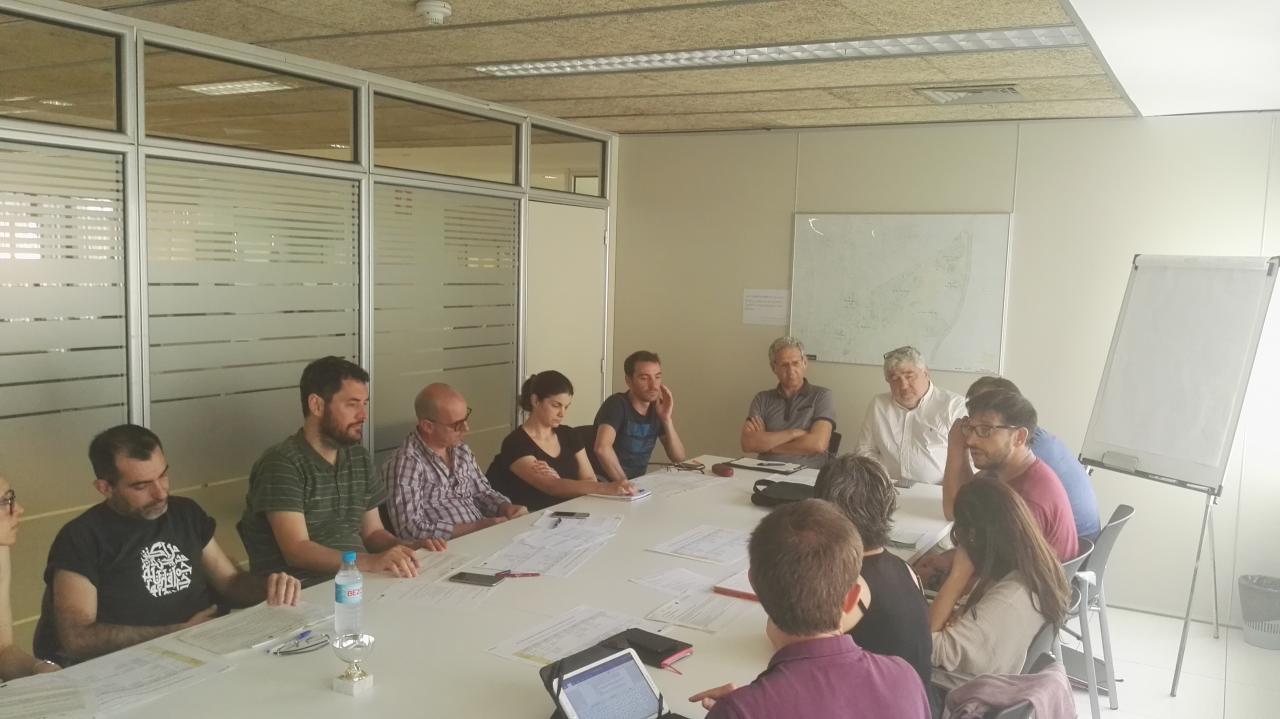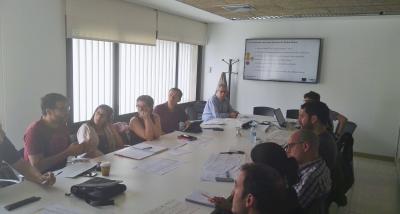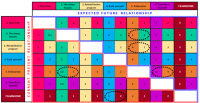
By Sebastià Riutort (Barcelona, Lead Partner of the URBinclusion network). Integrated approach is one of the URBACT challenges of Implementation Networks (IN). The Guidelines that deal with this issue suggest some tools or methodologies that have the intention to get IN-members think about integration. Within the ULG of Barcelona we discussed about the synergies and interactions of the 7 actions which are part of the Implementation Plan.
In general, there is the assumption that having a weak level of interaction among projects is rather commonplace. Sometimes projects are conceived as isolate interventions. Time and effort is much more focused on the project itself without paying attention to its connectivity with other interventions taking place in the same policy and territorial area. However, if we agree that problems are multi-faced, we should accept that they have to be addressed by high integrated actions or by “interlinked actions”. The second ones represent the complementarity of different particular actions for jointly tackling a social problem without dismissing the singularity of each one. Integration is about synergies. We assume that the more connected and coordinated actions are, the higher social impact is generated.

- Action 1. Play Time: program to cover food, leisure and educational needs of children between 5 and 12 years old from vulnerable families.
- Action 2. Accompanying program to resettle families from “The cheap houses” (a complex of old and damaged single family houses) to new social housing cultivating good community relationships.
- Action 3. Rehabilitation program for high complex residential buildings: technical support and advice to vulnerable communities to do rehabilitation.
- Action 4. Push yourself: promoting sport, training, health and leisure activities to reduce the risk indicators in teens and youth (15-23 years old).
- Action 5. Endavantal: workshops about healthy eating and cooking for low income families.
- Action 6. Trans-form Yourself: community actions to prevent conflicts and promote cultural diversity coexistence with the active role of Roma community.
- Action 7. B-MINCOME: urban innovative action that combines guaranteed minimum income and active social policies (programs of training and employment, promotion of social economy projects and community networks) to fight poverty and exclusion.
Afterwards, the aim was to answer the following questions: ¿Which are the perceived current levels of synergy among these actions? ¿Which would be the expected future levels of interaction? Member of ULG was invited to score the connection (where 5 is a strong connection and 0 is no connection) of his/her action with the other six. To do this type of exercise, and since present and future connections were taken into account, tables 2 and 3 provided by Guidelines (pp. 14-15) were mixed and reshaped in one single table. So the objective was to try to represent both present and future levels of connection between actions. The new table remained divided into two perimeters: the red one referring to present relations and the blue one referring to future relations.
This table have to be understood just as a starting point. Even though, it seems to show that actors tend to perceive a weak level of interaction among actions. On the other hand, in some cases, they express a desire to move forward a higher level. However, it is true that the score relative to the relationship between two actions depends on the action from which the evaluation is made.

